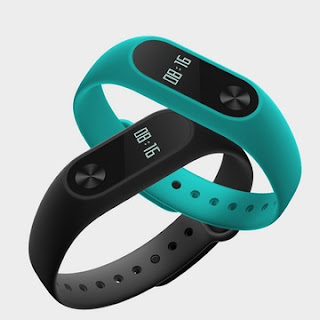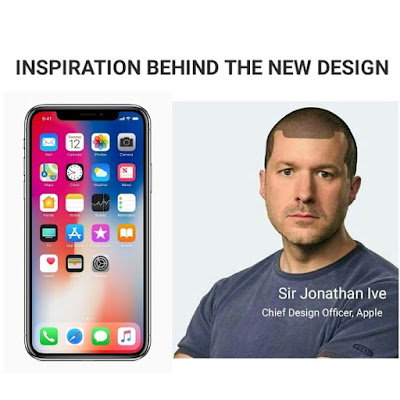Vivo - a brand cannot be neglected

Vivo might not be a very international brand, and should be the least well-known (relatively) manufacturer under the BBK Electronics family (Oppo, Oneplus and Vivo are under the same parent company). Yet, it WAS the 5th largest phone manufacturer some time in 2016 and 2017 (surpassed by Xiaomi in recent months). Its strong brand presence in China and India cannot be overlooked and scorned. How does Vivo make it??? Let's take a closer look. Background of Vivo: Vivo is a young company established in 2009. Together with its 'siblings' Oppo and Oneplus, they are owned by BBK Electronics (aka the parent company). Its products are sold mainly in China, India and Asian places like Malaysia and Thailand. It also appears on many World Cup 2018 advertisements because it is one of the sponsors. Let's focus on the recent two years' development (2017 and 2018). 2017: the mundane X9/X9s/X9 Plus/X9s Plus In the first half year, Vivo performs just like a


